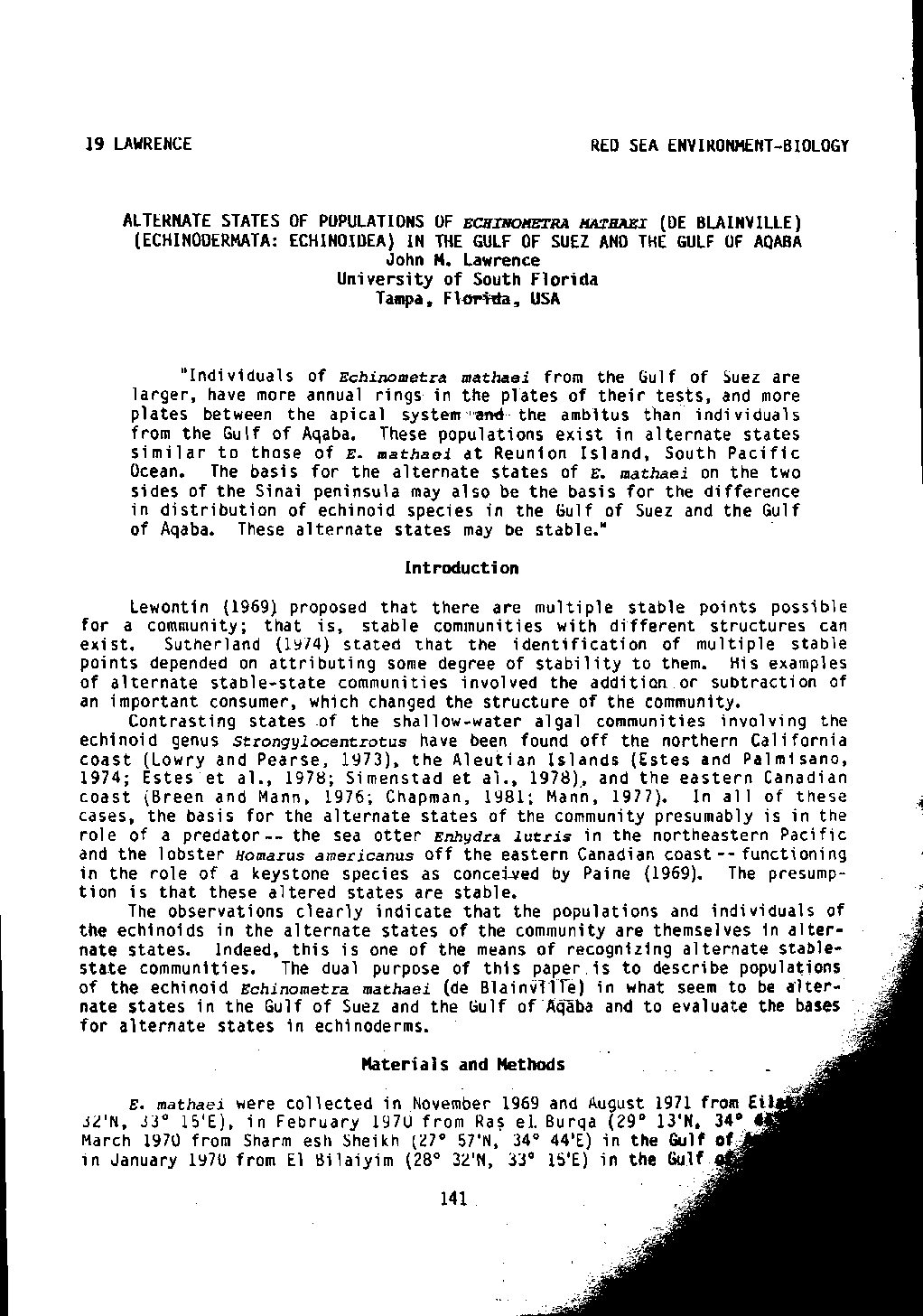Categories
vol-21MASS PRODUCTION OF OREOCHROMIS FRY IN
CONCRETE PONDS
BY
ABO-ELWAFA M.A.*; EL-EBIARY E.H.; NOURA.M.;
AND BADAWY A.M.
* I\ational Institute of Oceanography and Fisheries, Alexandria.
Ke:, Words: Aquaculture, Mass Culture, Tilapia.
ABSTRACT
Twenty four spawning concrete ponds (2 x 1 x 0.65) were used to
study the effect oftwo protein levels 25, 35% and two broadfish sex ratio
1:2 & 1:3 rmale.female) on larvae production ofO. niloticus, O. aureus
and O.galilaeus. Factorial design (3x2x2) was utilized. Feeding rate
was 3% oj the total broadfish biomass daily (6 days/week) for 161 days.
Another tvvelve rearing concrete ponds (8×2. 7 x O. 7m) were prepared to
receive the hatched larvae during the nursing period (60 days) . Feeding
rate of the fry was 20 % at the first 30 days and then decreased to 10%
of the total biomass at the following 30 days ofrearing period. The diet
of fry contains 40 % protein in apowderedform. The results showed
that:
Increasing dietary protein level from 25 to 35% and broadfish sex
ratio (male.female) 1:2 instead of 1:3 increased grow performance of
broadfish, total number ofnewly hatched larvae and total advancedfry
and survival rate after 60 days ofspawningjor all the tilapia species
(Oreochromis niloticus, O. galilaeus and O. aureus), respectively.
Growth performance and survival rate of larvae increased in the
early spawning (May and June), then decreased in the late spawning
(September) for o. niloticus and in August in both O. aureus and O.
galilaeus. Feed conversion ratio was better in larvae hatched in May
than larvae hatched if! August or September.







